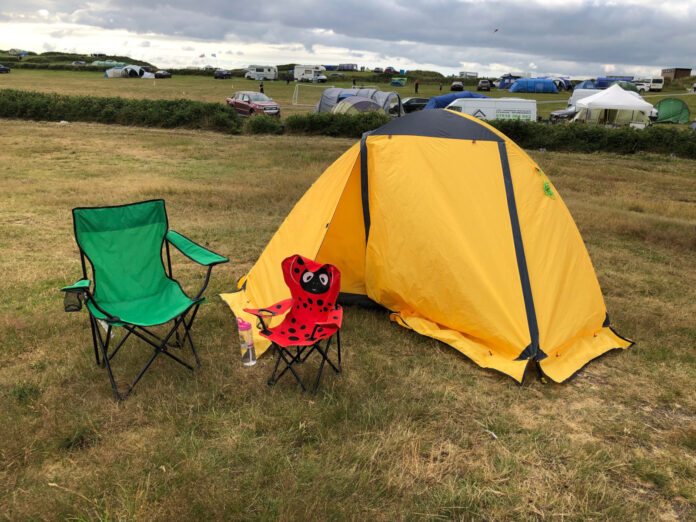
If you’re someone that enjoys the outdoors and are regularly going hiking or camping, you’re aware of the importance of preparation. You need good gear, a good backpack, a tent, a quality knife and so on. However, not a lot of people pay enough attention to one of those things and are not aware of the impact it can have on their hiking or camping trip. We’re talking about tents.
A lot of people, usually those inexperienced, think of a tent as nothing more than a place to lie down and protect yourself from mosquitos or a drizzle during the night. However, a tent is a lot more than just an improvised shelter to keep us bite-free and dry. Tents are actually a really big factor when it comes to backpacking.
First of all, a good tent is going to set you back a couple of hundreds a dollars. That is not a pocket change, whatsoever. To put it simply, a tent is going to lighten down your wallet, but add some extra weight on your back. That’s right, carrying a tent might get pretty heavy depending on a few elements. So, now that we know that tent is a crucial part of the trip, it costs quite a bit and isn’t easy to carry, let’s take a look at what you need to consider before buying a tent for your next outdoor adventure.
1. Take a look at the capacity
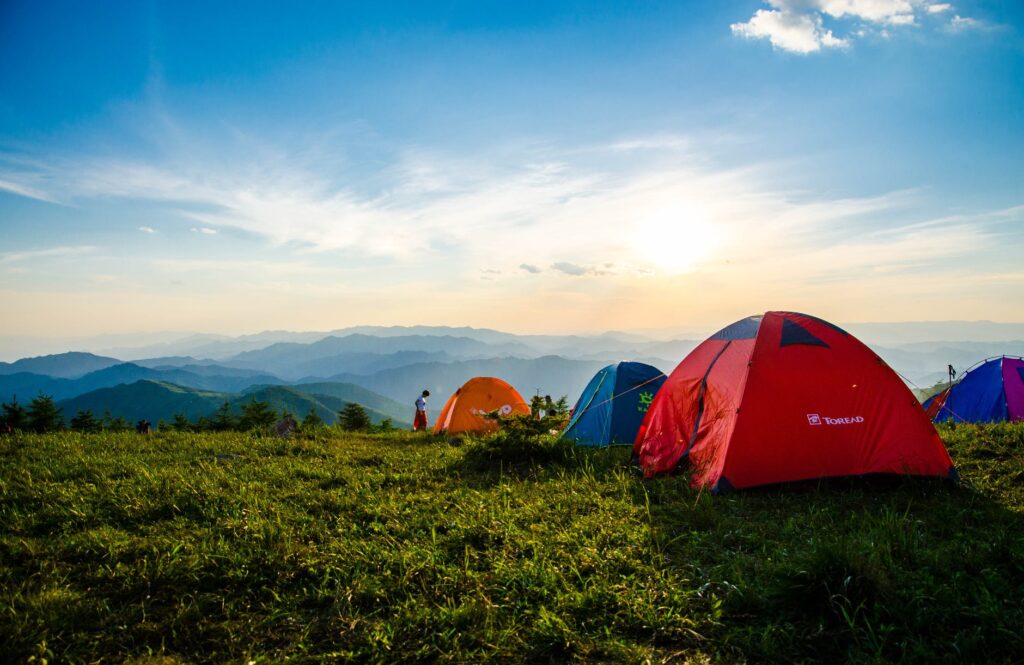
There is not a lot of thinking involved here, it’s pretty simple. Backpacking tents are usually for one, two, three or four people. To be fair, there a larger models for more than people, but in general, it’s 1 through 4. How are you going to know which model you’re buying? Well, usually a tent has a number in the name that indicates for how many people it actually is. However, one thing to keep in mind is, there is no industry standard for the amount of space per person so the actual size might vary from model to model. Tents are often designed to be light as possible and that means as small as possible. For that reason, it’s best to check for the exact dimensions of the tent. That way, you can compare one to another and select the version that suits you best.
2. Check the tent’s seasonality
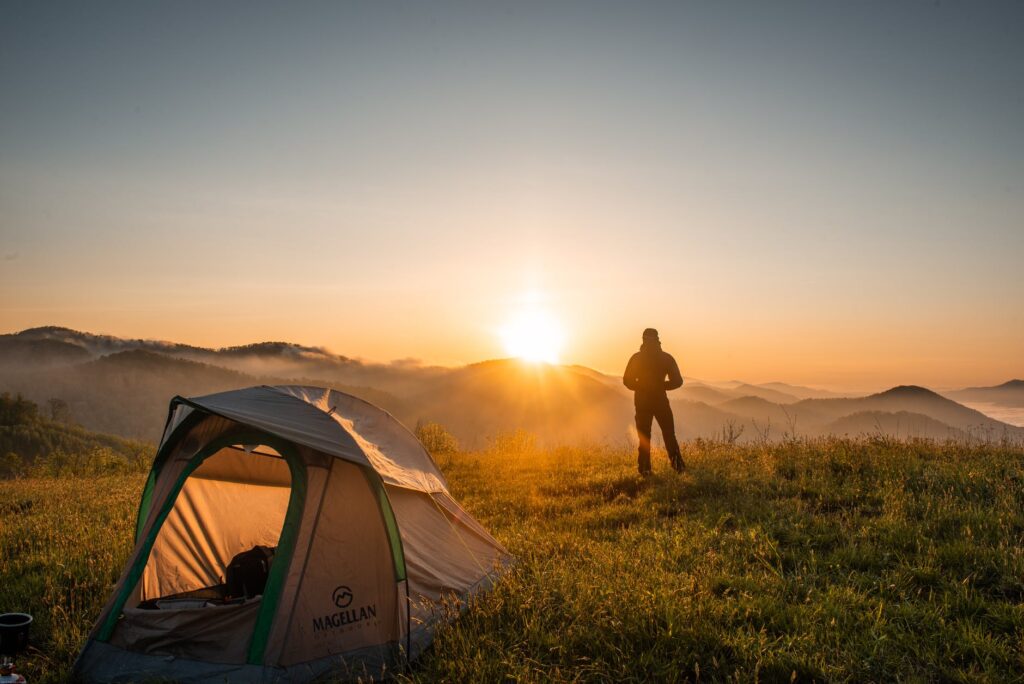
If you’re in the market for a proper tent, not just some cloth spread between a couple of sticks of wood, the options when it comes to seasonality are pretty straightforward. You can either choose a 3-season or a 4-season tent. Usually, the 4-season tents are reserved for hardcore backpackers and campers, with the majority of other just going with the 3-season model. A 3-season tent is the best option if you’re new to the whole backpacking scene considering you’re probably not going on your first trip during snowy winter. However, it’s our duty to present you with both options, so we will.
- 3-season tents are a perfect fit of finding a semi-lightweight tent that can protect you from all kinds of weather. A good, 3-season tent, will not only keep your dry during a light drizzle – but a raincoat can also do that. These tents can more than regular rain and some wind, even some light snowing. However, major storms and heavy snow might be too much for this tent, for don’t test it in very bad conditions. If a storm strikes, you might need some more equipment to keep dry and warm and if you want to know more about that, try visiting itishooting, they might be able to help with that.
- 4-season tents on the other hand are for those that like to be outdoors even when the conditions are harsh. These tents are built to handle a snowstorm. They’re made from tougher materials, they’re heavier and are designed differently so that the snow doesn’t build up. On the other hand, they won’t feel as pleasant in the summer.
3. Weight
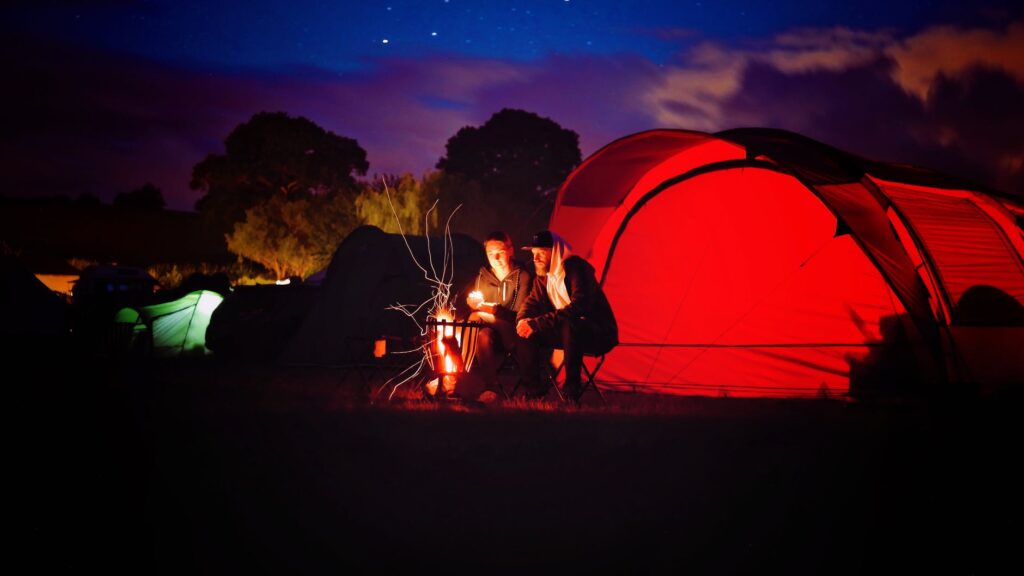
If you’re backpacking, be prepared to carry a lot of load on your back. And a tent is going to be a lot of that load. With that in mind, tent designers are pushing the limits all the time to make the tents as light as possible without compromising the integrity and quality of the tent. However, there are some limits to this. Essentially, the lighter the tent is, the less protection it offers. It’s important to find the right balance between the two. This does not mean that there aren’t any ultralight tents out there that are not good. There are some ultralight tents that are pretty good, but also, pretty expensive.
There are 3 weights you need to pay attention to when shopping for tents.
The minimum trail weight represents just that, the weight of the essential parts of the tent. This is the weight you should focus most on because it’s the closest representation of the weight that will be on your back.
Packaged weight is the overall weight of the tent and all of the additional features. It is the maximum weight of the tent.
Fastpitch is the weight of the poles, fly and footprint. Might be important if you decide to split the tent parts between your backpacking party.
4. Colour
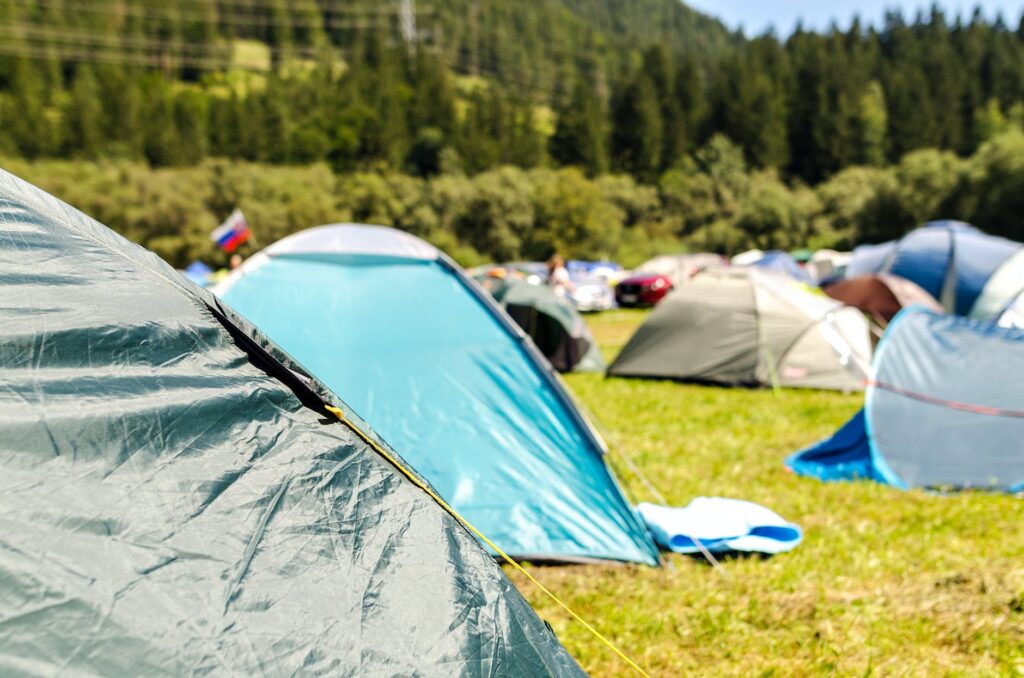
Although colour might not seem like something you’d be concerned with when buying a tent, you should go with the brightest option available. That will make the tent feel more open and bright. Also, bright colours make space look bigger, which is important for a confined space like a tent.
5. Ventilation
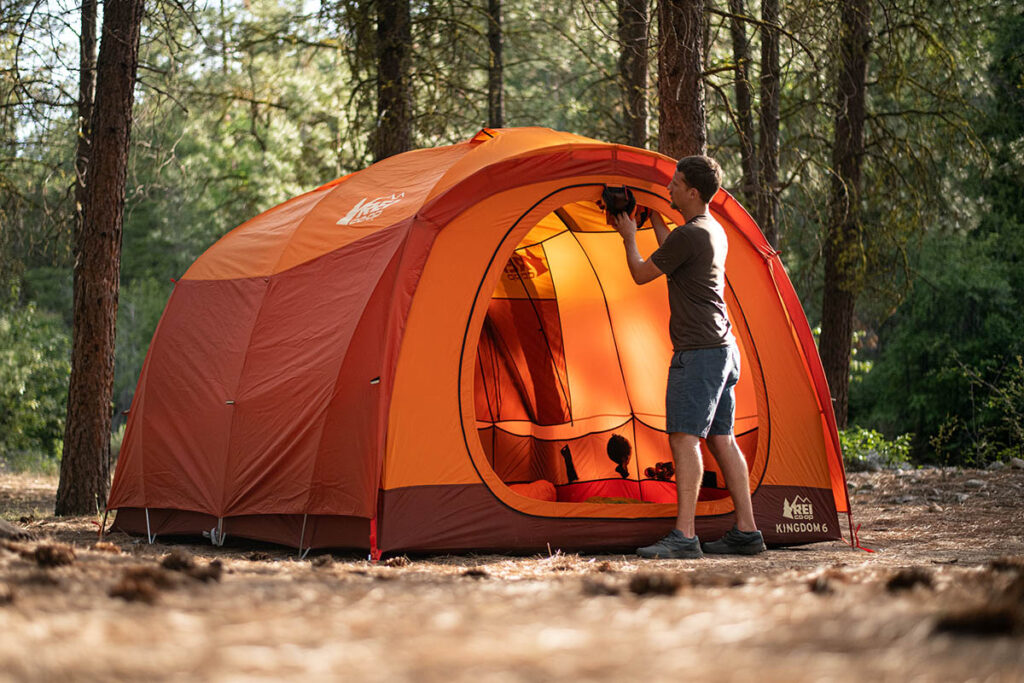
Airflow is crucial if you’re spending hours in a tent. whether you’re sleeping or you’re just confined to a tent because of the weather, you need to have spaced properly vented. As you breathe, the condensation builds up and that makes it unpleasant to breathe. Just like in a closed, parked car. You want to make sure you have a tent that has windows, panels and rainfly vents.
We hope that this article was helpful and that you’ll be able to pick the best tent out there.








